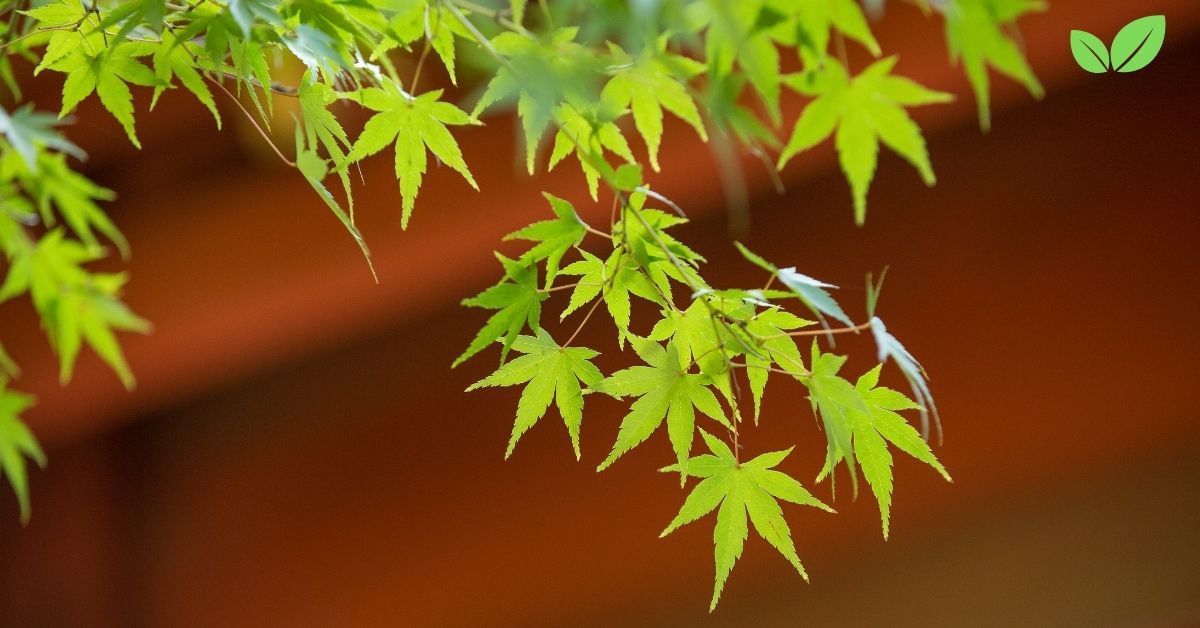The green Japanese maple (Acer palmatum) is an iconic and beloved tree known for its delicate, ornamental foliage and vibrant seasonal changes. As a native species to Japan, Korea, and parts of China, this plant thrives in diverse temperate environments. Its role in ecosystems and human environments is significant, offering both aesthetic and ecological benefits. In this article, we will explore the environmental niche of the green Japanese maple, discussing its habitat, climate preferences, ecological relationships, and its role in landscape design.
Characteristics of the Green Japanese Maple
The green Japanese maple is a deciduous tree or shrub that belongs to the Aceraceae family. This tree typically grows to heights of 15-25 feet (4.5-7.6 meters), with a spread that often equals its height. It features a rounded to broad-rounded crown with gracefully layered branches.
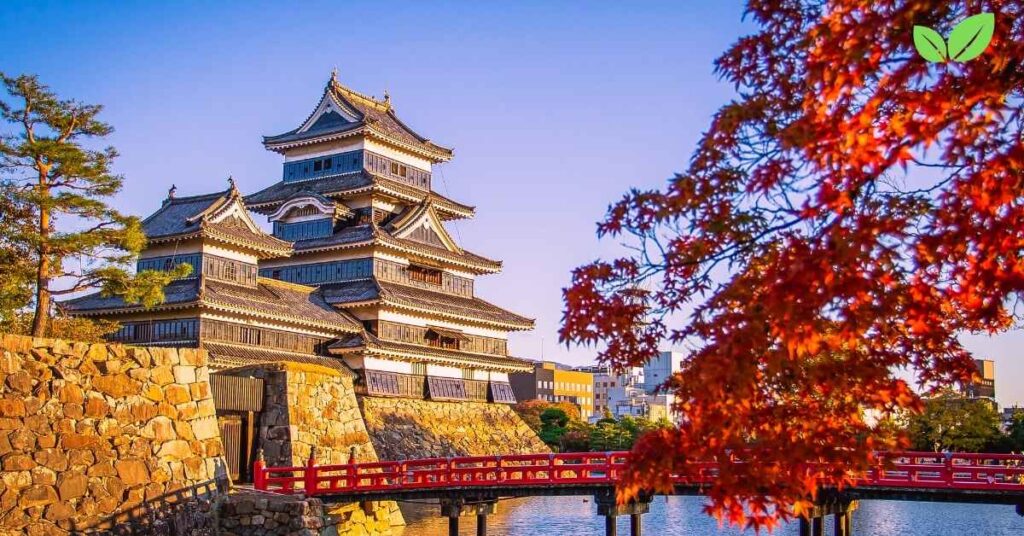
Leaf Structure and Seasonal Changes
The green Japanese maple is noted for its distinct leaves. These leaves are palmately lobed, meaning they resemble an open hand, with typically 5 to 9 lobes. Unlike the red Japanese maple, which boasts rich red hues throughout the growing season, the green Japanese maple is characterized by lush, verdant leaves during the spring and summer, which transition into brilliant shades of gold, orange, and red in the fall. This seasonal transformation plays a vital role in temperate landscapes, contributing to the dynamic shifts of local flora.
Native Habitat and Geographic Distribution
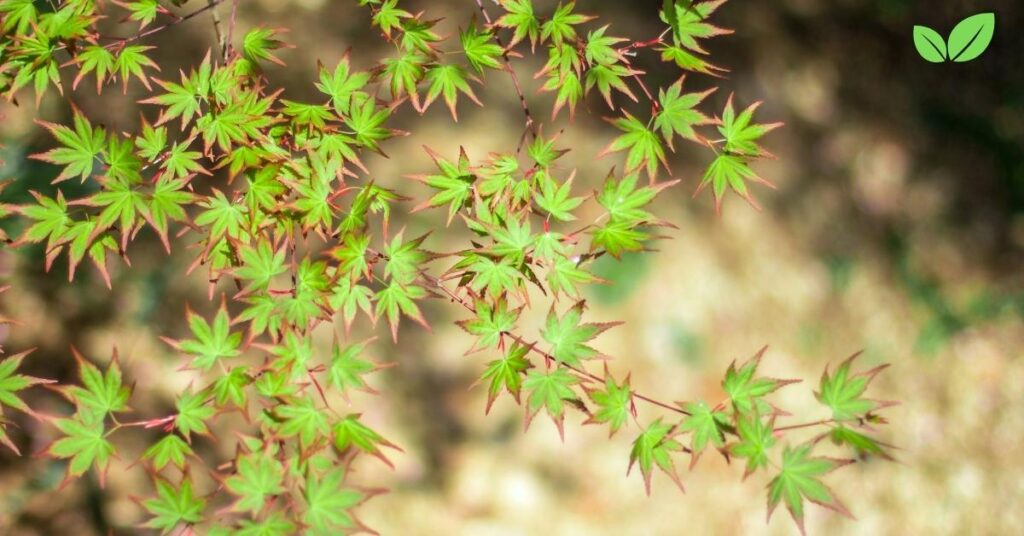
Origin in East Asia
The green Japanese maple is native to the woodlands and forests of East Asia, particularly Japan, Korea, and parts of China. These regions are characterized by cool to mild temperate climates, which are key to the plant’s successful growth and development. The species thrives in forests that offer dappled sunlight and well-drained soils, often growing as an understory plant in more densely vegetated areas.
Global Cultivation and Adaptation
Due to its ornamental beauty, the green Japanese maple has been cultivated globally, extending its range far beyond its native habitats. Gardeners and landscapers in North America, Europe, and other regions have successfully integrated this tree into local environments. However, successful cultivation outside its native range requires careful attention to climatic conditions and soil health to ensure its sustainability.
Ideal Growing Conditions for Green Japanese Maple
To understand the environmental niche of the green Japanese maple, it’s essential to explore the conditions under which it thrives. These factors include sunlight, temperature, water, and soil requirements, each of which plays a critical role in the survival and flourishing of the species.
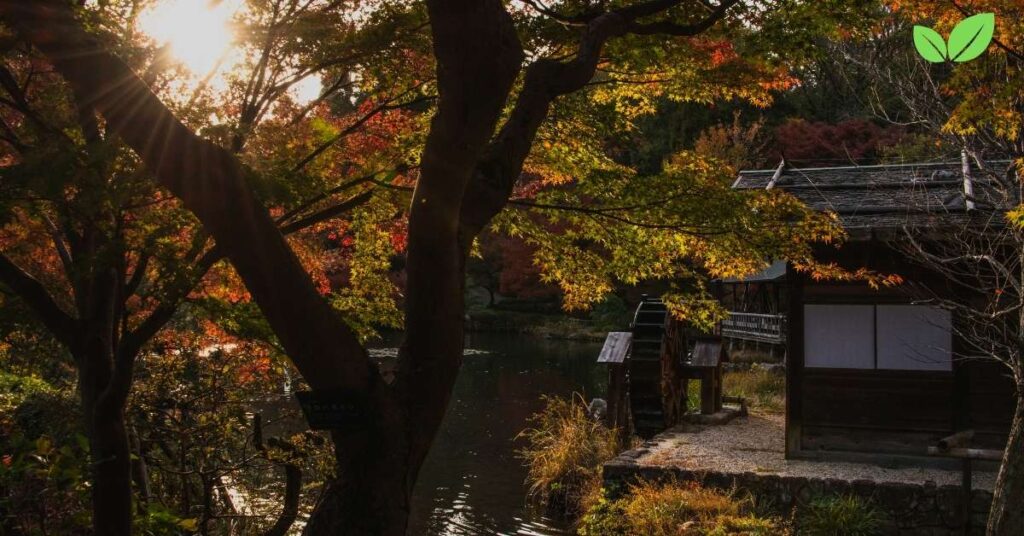
Climate and Temperature Preferences
The green Japanese maple is best suited to USDA hardiness zones 5 through 8. These zones correspond to areas with average minimum temperatures ranging from -20°F to 20°F (-29°C to -6°C). The tree prefers a temperate climate with distinct seasons, where cool springs and mild summers create the ideal growing environment.
While the tree can tolerate a range of temperatures, extreme heat and dry conditions can lead to leaf scorch, especially in regions with intense summer sun. In contrast, excessively cold winters or prolonged exposure to frost may damage the tree, particularly its younger branches and foliage.
Sunlight Requirements
The green Japanese maple thrives in partial shade, where it receives filtered sunlight for a portion of the day. In its native environment, the tree grows in the understory of larger trees, where it benefits from indirect light. When cultivated in gardens or urban settings, it is important to mimic this condition to prevent the tree from experiencing leaf burn due to overexposure to the sun.
That said, some varieties of the green Japanese maple can tolerate full sun if they are provided with ample water and grown in cooler climates. In areas with hot summers, planting the tree in a spot with afternoon shade is crucial to preserving the health of the leaves and overall tree vitality.
Soil Conditions
A key factor in the ecological niche of the green Japanese maple is its soil preference. The tree thrives in well-draining, slightly acidic to neutral soil, with a pH range of 5.5 to 7.0. Heavy, compacted soils can lead to poor root growth and water retention issues, which may cause stress or disease.
Organic matter-rich soils are particularly beneficial, as they provide essential nutrients and promote aeration. In nature, the green Japanese maple often grows in forest soils, where organic debris such as leaf litter decomposes and enriches the soil. When cultivating this tree in urban landscapes, gardeners should consider amending the soil with compost or mulch to replicate these conditions.
Watering Needs
The green Japanese maple requires consistent moisture, particularly during the growing season in spring and summer. While it can tolerate occasional dry spells, prolonged drought can cause the leaves to wilt or become scorched, especially in areas with intense sunlight. A regular watering schedule, combined with mulching around the tree’s base to retain soil moisture, can help maintain optimal growth conditions.
Ecological Importance of the Green Japanese Maple
Beyond its role as an ornamental plant, the green Japanese maple plays a significant ecological role in its natural habitat and human-impacted environments.
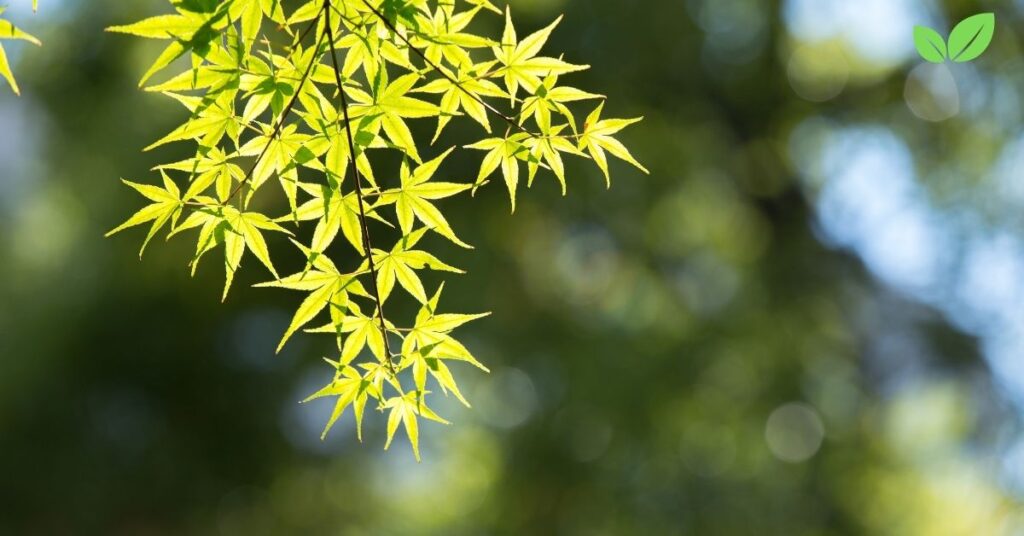
Habitat Provision
In its native forests, the green Japanese maple serves as a shelter and food source for various species of birds and insects. The tree’s foliage provides cover for small animals, while its seeds (samaras) are a food source for birds and squirrels. Additionally, the tree’s flowers, though small and inconspicuous, attract pollinators such as bees and butterflies, contributing to the overall biodiversity of the forest ecosystem.
In cultivated settings, the tree’s role in providing habitat may be less pronounced but still significant. Urban gardens and parks with green Japanese maples often become havens for local wildlife, offering birds and insects a place to live and feed.
Contribution to Air Quality and Urban Cooling
Like all trees, the green Japanese maple contributes to air quality by absorbing carbon dioxide and releasing oxygen through photosynthesis. This process is particularly valuable in urban environments, where air pollution can be a concern. By planting green Japanese maples in cities and suburbs, we can help mitigate the effects of pollution while also enhancing the aesthetic appeal of these areas.
Moreover, the tree’s canopy provides shade, which can reduce the heat island effect common in urban areas. This cooling effect helps to lower surrounding temperatures, reducing the need for energy-intensive air conditioning and promoting a more comfortable living environment.
Role in Landscape Design
The green Japanese maple’s aesthetic qualities make it a favorite in landscape design. Its striking foliage and graceful branching structure allow it to fit into a wide range of garden styles, from traditional Japanese gardens to modern, minimalist landscapes.
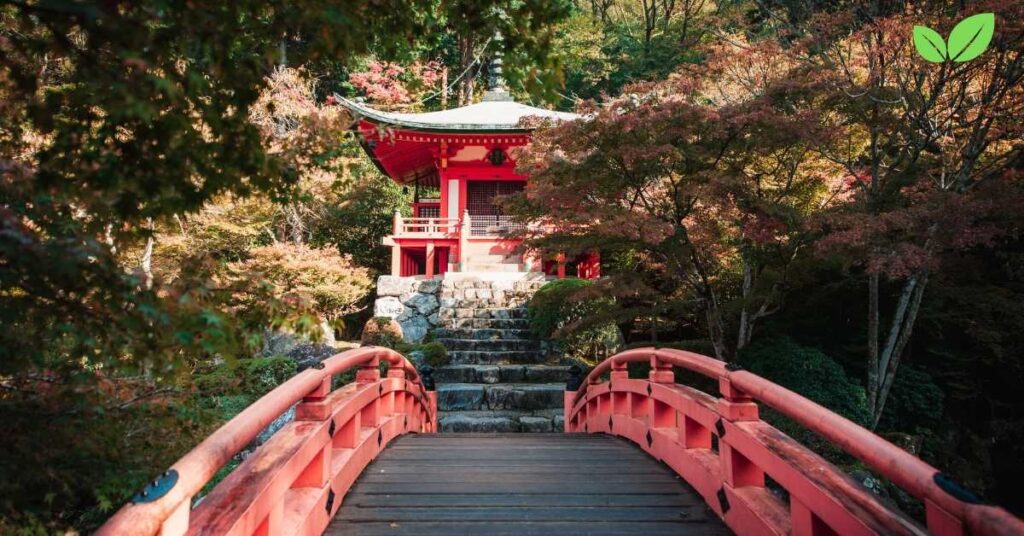
Japanese Garden Symbolism
In traditional Japanese gardens, the green Japanese maple holds deep symbolic meaning. Its delicate leaves and seasonal color changes are seen as representations of the fleeting nature of life and the beauty of impermanence. Planted alongside rocks, ponds, and other natural elements, the tree becomes a focal point that encourages contemplation and reflection.
Use in Urban and Residential Gardens
Outside of its cultural symbolism, the green Japanese maple is prized for its versatility. It can be planted as a specimen tree, a focal point in a garden, or as part of a mixed border. Its compact size makes it ideal for small gardens and urban spaces, where larger trees may be impractical. Additionally, its relatively shallow root system makes it suitable for planting near structures or in containers, allowing for more flexibility in garden design.
Bonsai Cultivation
The green Japanese maple is also a popular choice for bonsai cultivation. Its delicate leaves and graceful branching patterns make it ideal for this art form, which seeks to create miniature versions of full-sized trees. Bonsai practitioners carefully prune and shape the tree over time, highlighting its natural beauty while keeping it small and manageable.
Threats to the Green Japanese Maple
While the green Japanese maple is generally a hardy species, it faces several threats that can impact its health and longevity.
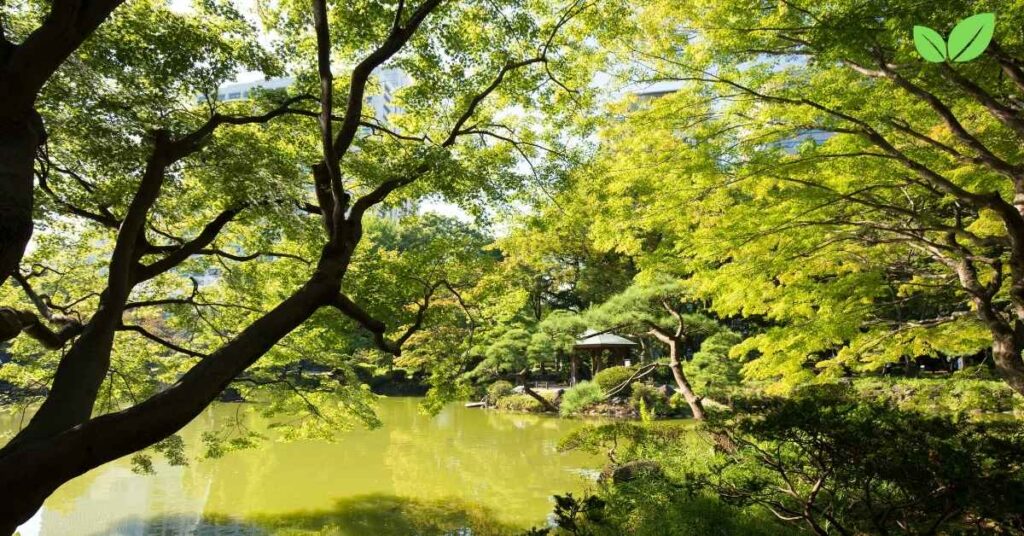
Pests and Diseases
One of the most common threats to the green Japanese maple is the presence of pests such as aphids, scale insects, and spider mites. These pests can cause damage to the tree’s leaves and stems, leading to stunted growth and overall decline. Regular monitoring and the use of organic pest control methods can help mitigate these issues.
In addition to pests, the green Japanese maple is susceptible to several fungal diseases, including verticillium wilt and anthracnose. These diseases can cause leaf drop, branch dieback, and in severe cases, death of the tree. Ensuring proper soil drainage and avoiding overwatering can reduce the risk of fungal infections.
Environmental Stressors
Environmental stressors such as extreme weather, poor soil conditions, and air pollution can also negatively impact the green Japanese maple. Drought, in particular, can lead to leaf scorch and reduced growth, while heavy winds can cause branches to break or bend. Planting the tree in a protected area with access to consistent moisture can help it withstand these challenges.
Conclusion
The green Japanese maple (Acer palmatum) is more than just a beautiful ornamental tree. Its ecological niche extends beyond its aesthetic appeal, playing a vital role in temperate ecosystems and urban landscapes. From providing habitat for wildlife to improving air quality and contributing to urban cooling, the green Japanese maple offers a range of environmental benefits.
By understanding the tree’s growing conditions and ecological importance, we can better appreciate its role in our environment and ensure its continued health and vitality. Whether planted in a traditional Japanese garden or as a centerpiece in a modern landscape, the green Japanese maple remains a timeless and valuable addition to any setting.
Read More: Brandywine Maple Tree: Understanding Its Environmental Niche, Ecological Benefits, and Conservation

